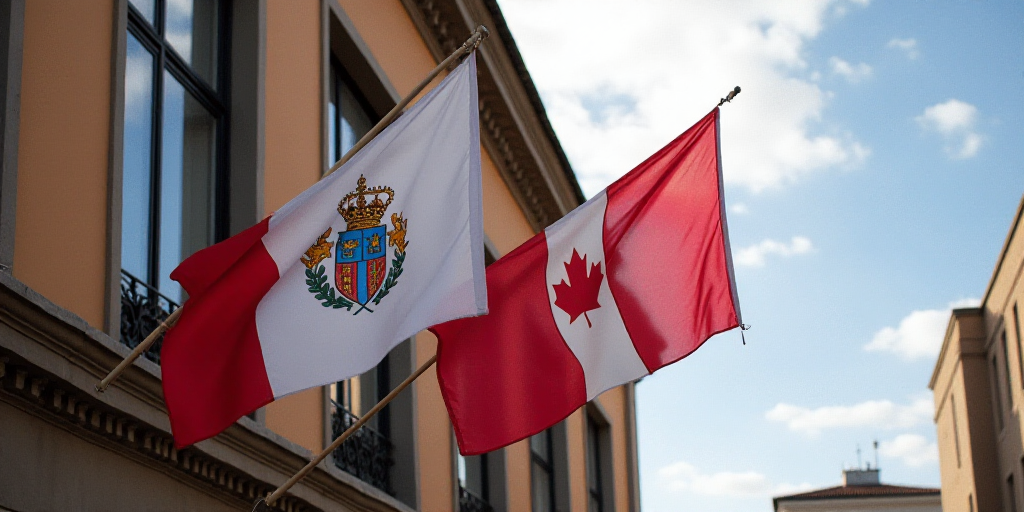Introduction to the T-MEC and Recent Developments
The Fourth Echelon, represented by the Mexican Private Initiative, and the federal government will define new procedures for the T-MEC (Mexico, United States, Canada Trade Agreement) renegotiation starting Tuesday. The focus will be on initiating sectoral dialogues instead of chapter-by-chapter discussions, as was the case in previous negotiations.
Background on Key Figures and Their Roles
Marcelo Ebrard, Mexico’s Secretary of Economy, has emphasized the importance of inclusiveness and proper consultation with involved sectors. He clarified that this renegotiation differs from the NAFTA (North American Free Trade Agreement) review, as it will now be conducted sector by sector. In the 2017-2018 negotiations, semiconductors were not part of the discussion, and this time around, their growth will be prioritized.
Sectoral Dialogues and the Fourth Echelon
Francisco Cervantes, President of the Coordinating Business Council (CCE), announced that a meeting with the government will take place on Tuesday to review topics and train participants on the new discussion process for the T-MEC. The meeting will include sectors such as automotive, steel, aluminum, copper, agriculture, and others.
“We will define the sectoral part this Tuesday,” Cervantes stated, adding that some relevant chapters will still be considered. However, the consultation method has shifted to prioritize key sectors.
The CCE and the “Hecho en México” Campaign
Since November 2024, the CCE has defined the Fourth Echelon (a group of businesses accompanying the federal government in T-MEC negotiations), which includes 34 chapter leaders for review. Due to tariff pressure, these will now be defined sectorally, either by relevance or sensitivity.
The Plan México aims to increase national content by 15% in six strategic sectors: automotive, aerospace, electronics, pharmaceuticals, chemicals, and semiconductors.
“Hecho en México” Campaign
On the previous Friday, the CCE and federal government launched the “Lo Hecho en México, está mejor Hecho” campaign to strengthen the domestic economy. Over 2,000 companies in Mexico now have the Hecho en México seal.
Ebrard highlighted that this effort aims to promote national products and raise awareness about the importance of supporting local economies. Choosing a Mexican-made product contributes to job creation and family development.
“Every peso allocated to national products translates into more jobs, investment, and well-being. Backing ‘Hecho en México’ means strengthening small and medium-sized supplier businesses, consolidating production chains, and multiplying benefits across every region in the country,” Cervantes emphasized.
Key Questions and Answers
- What is the main focus of the T-MEC renegotiation? The primary objective is to adjust procedures for sectoral dialogues instead of chapter-by-chapter discussions.
- Who are the key figures involved in these negotiations? Marcelo Ebrard, Mexico’s Secretary of Economy, and Francisco Cervantes, President of the Coordinating Business Council (CCE), are central to these discussions.
- What is the significance of the Fourth Echelon? The Fourth Echelon represents a group of businesses accompanying the federal government in T-MEC negotiations, ensuring diverse sectoral perspectives are considered.
- What is the “Hecho en México” campaign? Launched by the CCE and federal government, this campaign aims to strengthen domestic economies by promoting national products and raising awareness about supporting local businesses.
- What are the strategic sectors targeted by Plan México? Automotive, aerospace, electronics, pharmaceuticals, chemicals, and semiconductors are the six sectors aiming for a 15% increase in national content.






